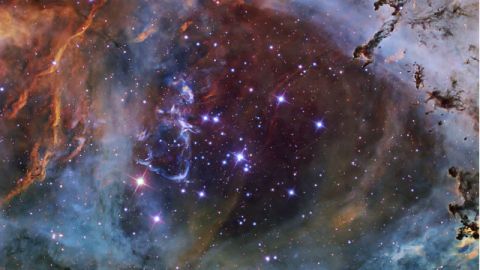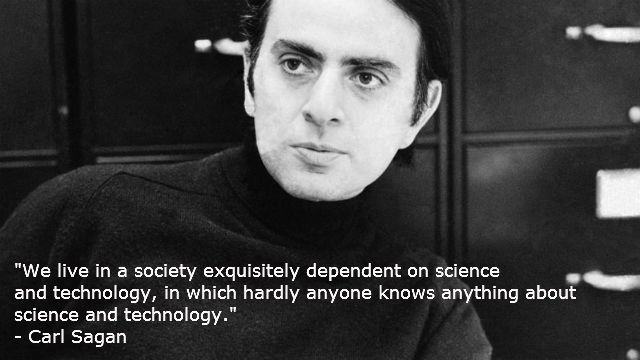In the Heart of the Rosette Nebula

This photograph of the dazzling heart of the Rosette Nebula resembles “the heavens” in a painting from the age of romanticism. The bright cluster of stars–the NGC 2244–formed a few million years ago from surrounding gases, according to NASA.
From NASA’s website:
The above image taken in January using multiple exposures and very specific colors of Sulfur (shaded red), Hydrogen (green), and Oxygen (blue), captures the central region in tremendous detail. A hot wind of particles streams away from the cluster stars and contributes to an already complex menagerie of gas and dust filaments while slowly evacuating the cluster center. The Rosette Nebula’s center measures about 50 light-years across, lies about 4,500 light-years away, and is visible with binoculars towards the constellation of the Unicorn (Monoceros).
Image credit: NASA





